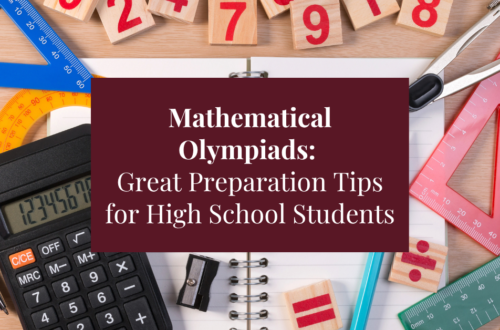In every classroom, there’s a spark—the student who finishes early, asks deep questions, or seeks more than the standard lesson plan offers. These are the moments where advanced topics and curriculum extensions become game-changers. They’re not just extras; they’re invitations to explore, stretch, and unlock deeper learning. So how can we make room for them in our already packed schedules?
Why Go Beyond the Basics?
Covering the core material is essential, but there’s so much more to education than checking off boxes. When we address advanced topics, we:
- Encourage critical and creative thinking
- Challenge high-achieving students
- Foster a love of learning through curiosity
- Provide opportunities for real-world application
- Help students discover new passions or potential careers
These extensions don’t need to feel overwhelming—they can be intentional, small steps that lead to meaningful growth.
What Do “Advanced Topics” Look Like?
Advanced topics vary by subject and grade level, but they all share one goal: to go deeper.
In math, this could be exploring:
- Fractals and chaos theory
- Non-Euclidean geometry
- Logic puzzles and number theory
- Real-life applications of calculus or statistics
In science, it might involve:
- Independent research projects
- Engineering design challenges
- Environmental impact studies
- Exploring current discoveries in medicine or physics
In humanities:
- Reading historical texts or primary sources
- Writing persuasive essays with real-world audiences
- Exploring philosophy, ethics, or global issues
And in computer science:
- Creating full-scale games or apps
- Learning a new language or framework
- Exploring AI, cybersecurity, or web development
The possibilities are endless when we’re willing to explore.

Making Space for Extensions
We don’t always have extra time—but we can be strategic. Here are some ways to include advanced content:
- Tiered assignments that allow students to choose their level of depth
- “Early finisher” projects that extend the current unit
- Project-based learning that allows for open-ended exploration
- Optional enrichment paths for students to pursue independently or in small groups
- Flipped classrooms or blended learning that open up more in-class time for deeper discussion
It’s not about doing more; it’s about doing things with purpose.
The Impact on Students
When students are challenged in meaningful ways, we see:
- Increased engagement and ownership of learning
- Greater confidence in tackling unfamiliar problems
- A clearer sense of purpose and direction
- A classroom culture that celebrates curiosity
Some students discover their future career path through a single advanced project. Others simply feel seen, heard, and encouraged to grow.
Final Thoughts
Advanced topics and extensions aren’t just for gifted programs—they’re for every student who’s ready to take one step further. By making space for curiosity and depth, we empower students to become thinkers, creators, and lifelong learners.
Let’s stop teaching only to the middle. Let’s teach to the edge—and beyond.
Have a favorite way you extend lessons in your classroom or with your child at home? Share it in the comments! I’d love to hear how you’re sparking curiosity and pushing boundaries.





